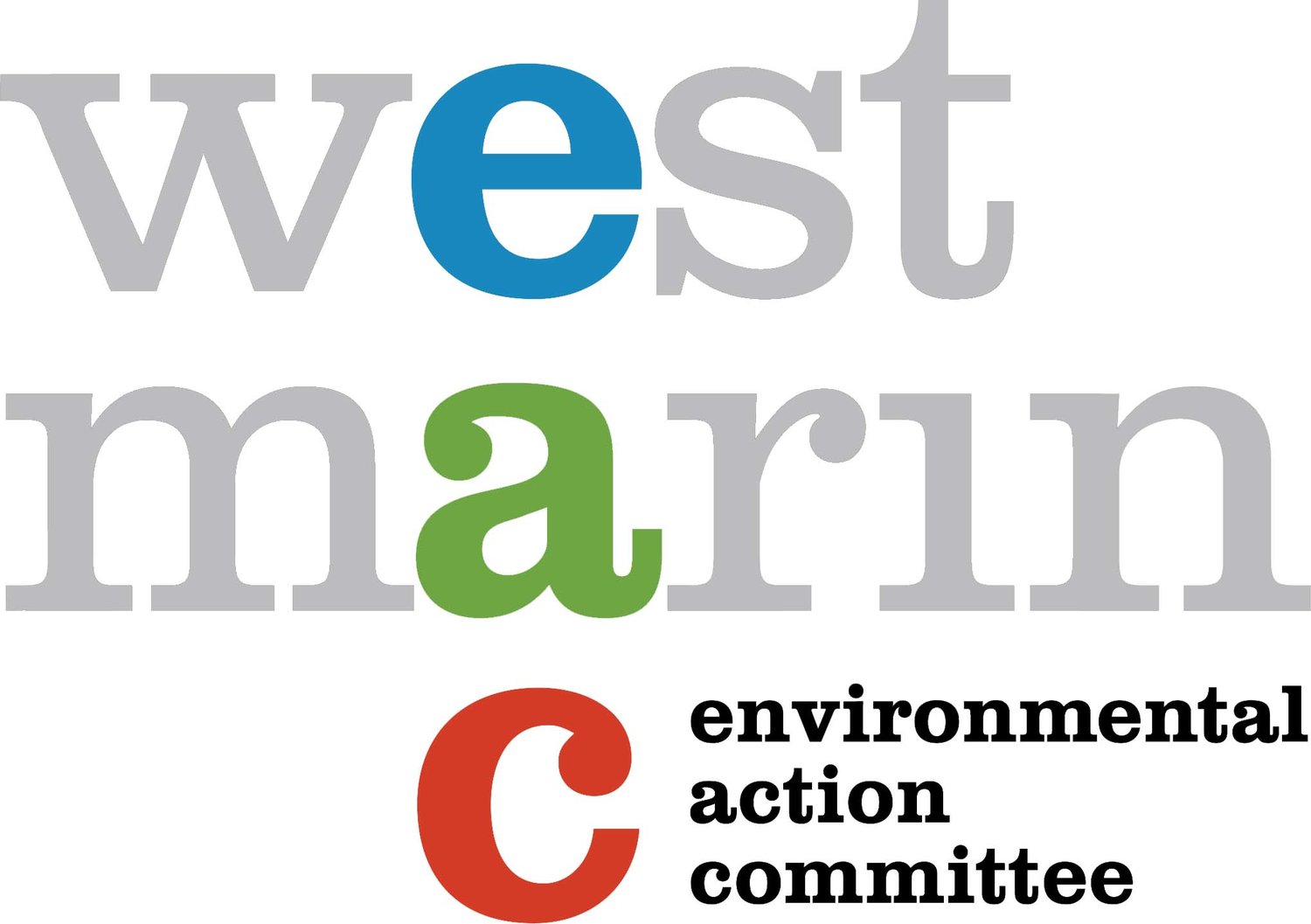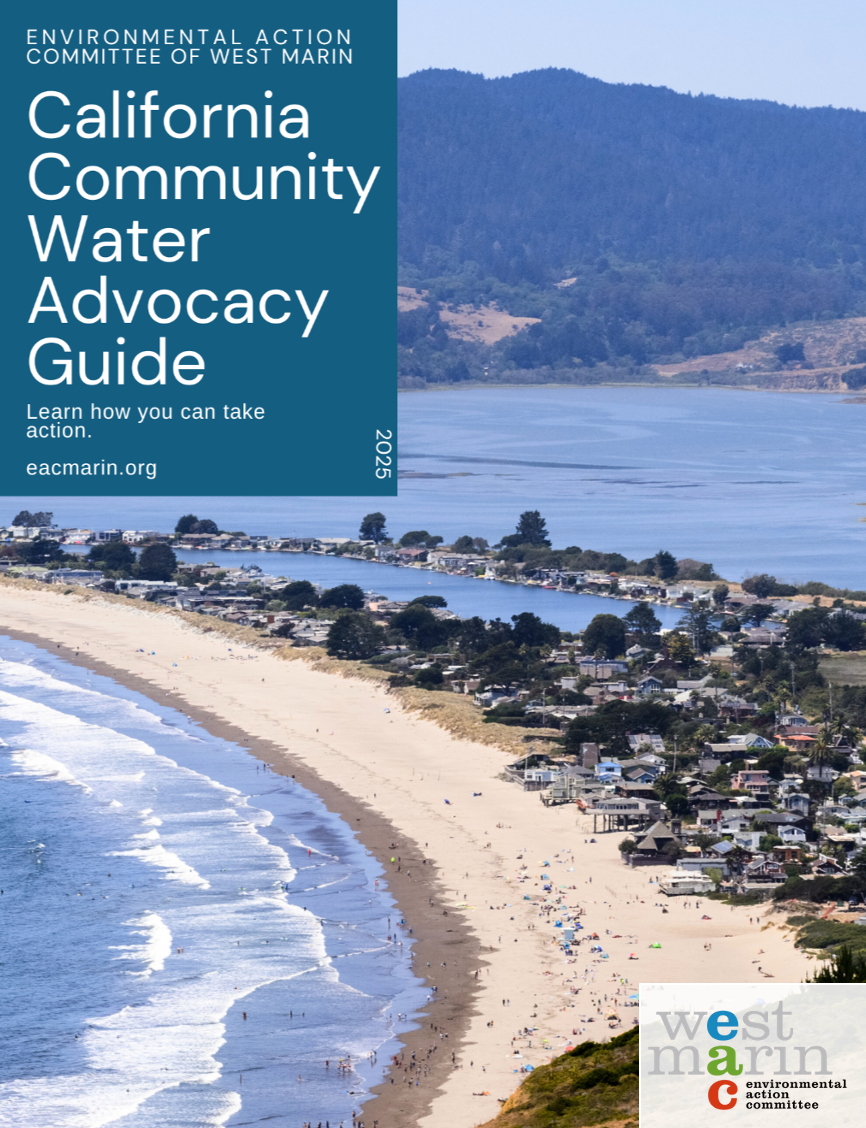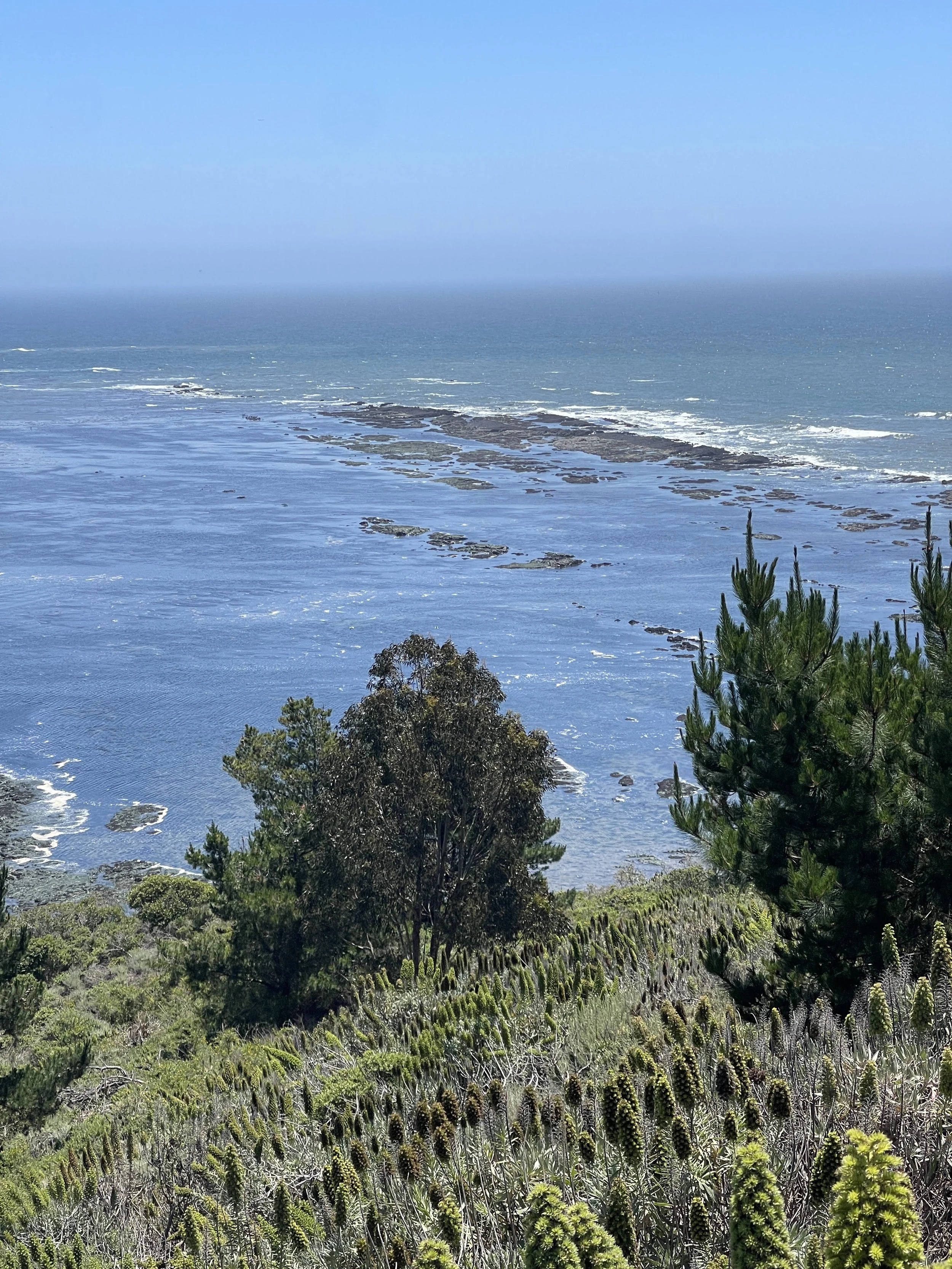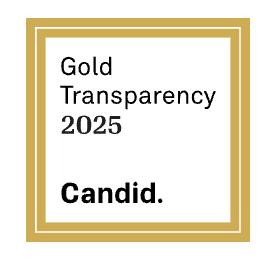A Guide to Water Advocacy and Stewardship
We proudly present this guide to help you become a dedicated steward of local water resources and a strong advocate for their protection. This guide provides essential knowledge on legal frameworks, enforcement agencies, information sources, and practical steps to safeguard water quality and protect coastal lands and waters, ensuring your community's voice is heard.
Water Quality Protection
Water quality is often compromised by human activities, including urban development, agricultural runoff, industrial discharges, and inadequate wastewater treatment. These actions can introduce harmful pollutants—such as nutrients, heavy metals, plastics, and pathogens—into our rivers, lakes, groundwater, and coastal waters, threatening both ecological health and human well-being.
This guide provides a clear overview of the California State Water Resources Control Board and the nine Regional Water Quality Control Boards. It outlines how these agencies develop and enforce water quality standards through Basin Plans, permitting programs, and monitoring efforts. You'll learn how these systems work together to protect beneficial uses of water, including drinking water, recreation, wildlife habitat, and agriculture.
You’ll also find practical tools for getting involved. From identifying your regional board and tracking important decisions to engaging in public comment periods, supporting environmental leadership on the boards, and navigating the permit and enforcement processes—this guide empowers individuals and communities to influence water quality outcomes.
Download the full report to access detailed explanations, actionable steps, and resources to help you become an effective advocate for water resource protection.
The California Coastal Act
-
The California Coastal Act of 1976 established a robust framework for managing development in California’s Coastal Zone, balancing environmental protection with development needs.
-
The Coastal Act is implemented primarily through Local Coastal Programs (LCPs), which are developed by cities and counties and certified by the California Coastal Commission. These plans govern land use and development within the Coastal Zone and must align with the statewide goals outlined in the Act. Where a certified LCP is not in place, the Coastal Commission directly oversees development through its own permitting process. Whether through local government or the Commission itself, all coastal development must comply with the Act’s core policies—such as preserving scenic views, protecting environmentally sensitive habitats, and maximizing public access to the shoreline.
-
Protecting California’s coast is a shared responsibility—and community participation is essential. You can get involved with the California Coastal Act by staying informed about proposed developments, attending public hearings, submitting comments, and supporting strong policies in Local Coastal Programs (LCPs). At the state level, the California Coastal Commission holds monthly public meetings to decide on Coastal Development Permits and broader coastal policy. These meetings are open to the public and often include projects with direct impacts on Marin’s coast. You can stay updated by subscribing to agendas and staff reports at www.coastal.ca.gov.
In Marin County, the Local Coastal Program governs land use in the unincorporated coastal zone, including areas like Point Reyes Station, Stinson Beach, Bolinas, and Inverness. The LCP, certified by the Coastal Commission, guides decisions on new development, shoreline protection, public access, and habitat conservation. EAC actively monitors LCP amendments, proposed development projects, and County planning initiatives to ensure they align with the goals of the Coastal Act. We help community members understand the LCP, track key issues, and engage in public comment opportunities—both at the County level and before the Coastal Commission. Whether you want to oppose harmful development, advocate for sea level rise planning, or promote public coastal access, EAC can provide support and advice on how to take action locally.
Quick links & ways to get involved
FIND YOUR WATER BOARD & LOCAL COASTAL PROGRAMS
If you're concerned about a potential enforcement matter, contact the Coastal Commission's staff enforcement team.
You can find more information on how to recognize and report violations of the Coastal Act on their website.
Make Your Community’s Voice Heard
Use our template to draft your written public comment!
Community members may submit a written comment on a specific agenda item before a public meeting or hearing. Submit your comment electronically by clicking on the “Submit Comment” button associated with any agenda item at coastal.ca.gov/meetings/agenda.
Tips on written comments:
Submit it on time! The deadline for submission is on the agenda.
Keep it simple! Effective comments are written in plain and concise language and supported by facts.
Sign up for the mailing list to stay up-to-date! Check your email for “notice of proposed rulemaking” or other “solicitation of comments.”
Community members are encouraged to use oral comments to emphasize written comments. To speak at a Coastal Commission meeting, fill out the “speaker request” form in person or online. The online form can be found in the agenda at coastal.ca.gov/meetings/agenda.
Tips on oral comments:
Reference specific portions of your written comment
Consider bringing supporters to the hearing or consolidating comments to optimize the allotted time.
Note that your oral comment is time-constrained. Make sure you know the time limit beforehand.









